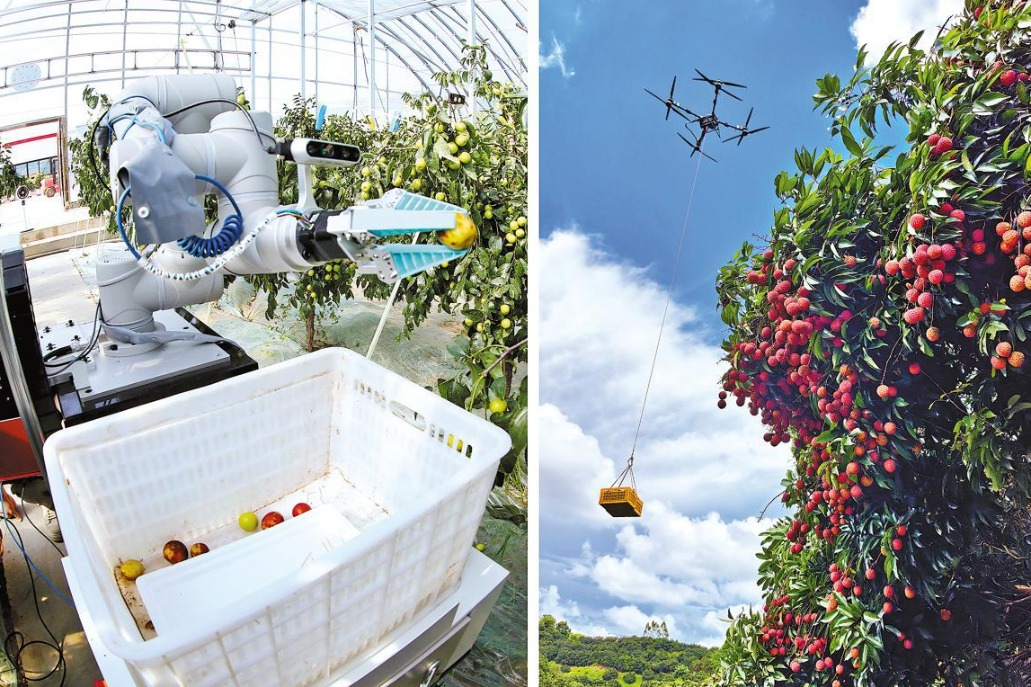Key Takeaways
- China’s wheat harvest is mostly complete, aided by over 800,000 combine harvesters and advanced agricultural technologies.
- Efforts to expedite harvesting amid challenging weather have led to a 30% increase in efficiency compared to five years ago.
- Emerging technologies, such as unmanned precision planters and agricultural drones, are streamlining operations and enhancing crop management.
Wheat Harvesting Efficiency Boosted by Technology
Wheat harvesting in China has reached significant completion, aided by advanced machinery and innovative agricultural techniques. According to the Ministry of Agriculture and Rural Affairs, over 800,000 combine harvesters were utilized this summer, with more than 200,000 operating across various regions to enhance efficiency despite challenging weather.
Domestically produced combine harvesters are pivotal, capable of processing 9 to 10 kilograms of wheat per second, raising the average area harvested per machine to 5.33 hectares, a 30% improvement compared to five years prior. Regions capitalized on sunny weather at the start of summer, adjusting workflows to ensure timely harvesting, which concluded two to three days earlier than usual.
Following the halfway mark reached on June 5, daily harvesting escalated to approximately 666,667 hectares. Despite multiple rain events, local authorities coordinated effective measures. In response to anticipated heavy rainfall across parts of Henan, Hubei, and Anhui, over 6.67 million hectares of wheat were harvested in just five days.
In Jiangsu province, adverse weather led to the deployment of 19,000 dryers to process 2.4 million metric tons of wet grain within a short time, preventing spoilage. By June 24, Shanxi province reported a near-complete harvest, having deployed 351,000 agricultural machines, including 16,000 combine harvesters.
Government subsidies have facilitated equipment upgrades, leading to machines performing over 99% of the summer harvest and associated management tasks. Shanxi notably set a record with 12,000 harvesters operating in a single day, covering 56,267 hectares.
In Henan, farmers are increasingly using unmanned precision planters integrated with Beidou satellite navigation, enabling automated planting with optimal seed spacing. This technology not only saves time and labor but ensures robust seedlings, according to local farmer Jiang Suxiang.
Furthermore, advancements in planting technologies, such as intelligent sowing systems, have lowered costs and improved seedling emergence rates. Guo Dong, an agronomist, highlighted the impact of high-performance planters and resilient corn varieties in strengthening future outputs.
Moreover, the usage of agricultural drones has revolutionized crop management. In Chongqing, local cooperatives utilizing 60 drones for plant protection have cut production costs by more than 15%.
Experts emphasize the urgency of timely autumn crop planting, including rice, corn, and soybeans, to maximize land use and bolster the year’s total grain yield. Zhu Yubo from China Agricultural University advocates for scientific approaches, such as crop rotation, to enhance soil fertility and sustainability, reinforcing food security amid an evolving agricultural landscape.
The content above is a summary. For more details, see the source article.















